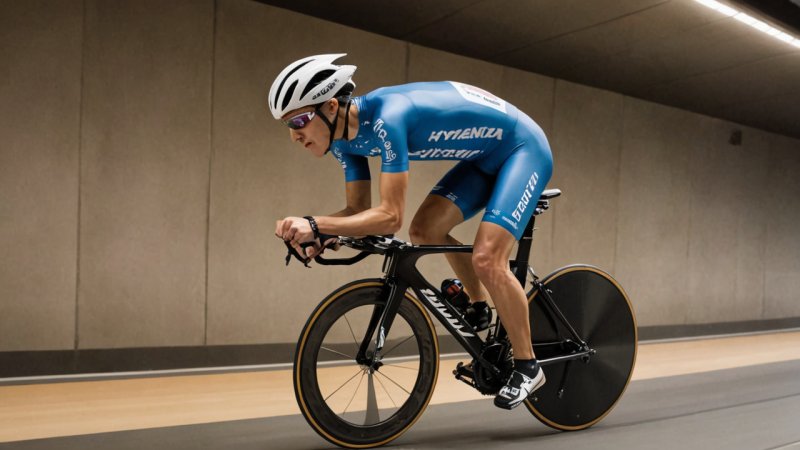Aerodynamics plays a crucial role in cycling performance, especially for competitive cyclists looking to maximize speed and efficiency. Understanding how air resistance affects a cyclist can lead to significant improvements in performance, making it essential for athletes at all levels to consider aerodynamic principles when training and racing.
When a cyclist rides, they encounter air resistance, which increases with speed. This resistance can slow down a cyclist significantly, particularly at higher velocities. To combat this, cyclists can adopt specific techniques and utilize gear designed to minimize drag. Here are some key aspects to consider:
- Body Positioning: The position of a cyclist’s body can greatly influence their aerodynamic profile. A lower, more streamlined position reduces the frontal area exposed to the wind. Cyclists can practice maintaining an aerodynamic posture while riding, which involves bending the elbows and lowering the torso.
- Equipment Selection: The choice of bicycle and gear can impact aerodynamics. Aero frames, deep-section wheels, and aerodynamic helmets are designed to decrease drag. It's important for cyclists to research and test different equipment to find what works best for their riding style and body type.
- Clothing Choices: The clothing a cyclist wears can also affect their aerodynamics. Tight-fitting, moisture-wicking fabrics designed for cycling can minimize drag compared to loose or flapping garments. Additionally, wearing a cycling jersey and bib shorts can enhance comfort and performance.
- Training Techniques: Incorporating specific training techniques, such as drafting behind other riders during group rides, can help cyclists develop a better understanding of how to position themselves to reduce drag.
- Wind Tunnel Testing: For serious competitors, wind tunnel testing can provide valuable data on a cyclist's aerodynamics. This testing can help identify areas for improvement in body position, gear selection, and overall performance.
In addition to these techniques, staying informed about the latest advancements in cycling technology can provide a competitive edge. Innovations in materials and design continuously reshape the cycling landscape, and being aware of these changes can help cyclists adapt their strategies accordingly.
In conclusion, understanding the role of aerodynamics in cycling performance is essential for any cyclist aiming to improve their speed and efficiency. By focusing on body positioning, selecting the right equipment, choosing appropriate clothing, and employing effective training techniques, cyclists can reduce air resistance and enhance their overall performance. Staying updated on technological advancements will further empower cyclists to make informed decisions that align with their performance goals. Ultimately, a balance between aerodynamics and comfort is key to achieving optimal results on the bike.






